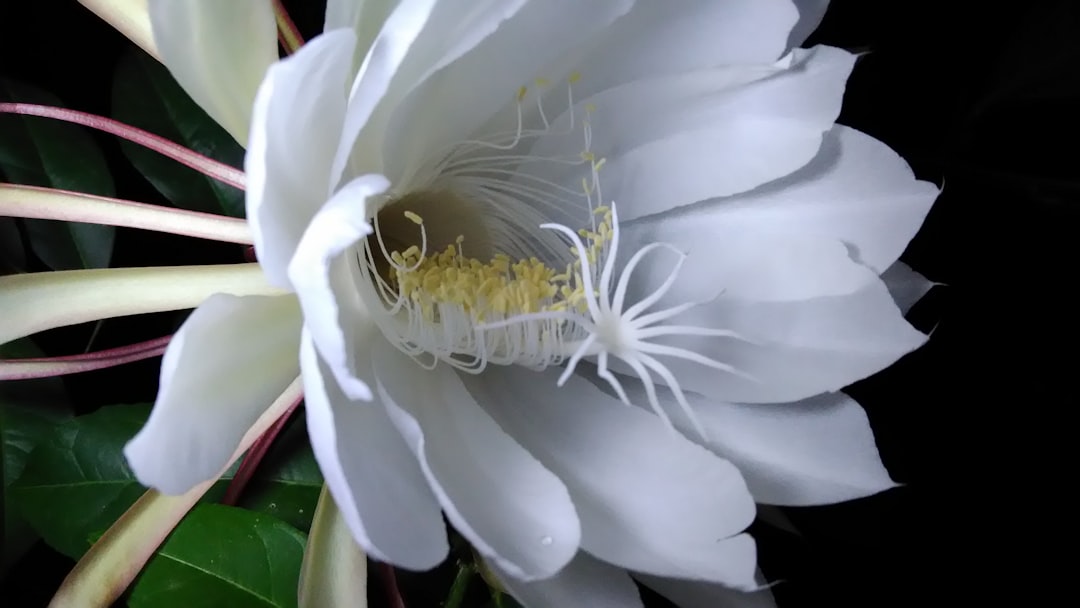The Magic of Partnering Plants in Your Edible Garden

Companion planting is a time - honored gardening technique that has been practiced for centuries. It involves growing different plants together in a garden to create a mutually beneficial relationship. This natural and organic approach not only helps in repelling pests but also promotes the growth of healthier plants. Let's explore some smart tips to start your own companion gardening journey.
One of the fundamental concepts in companion planting is the idea of pest control. Certain plants have natural properties that can deter insects and other pests. For example, marigolds are well - known for their ability to repel nematodes, which are microscopic worms that can damage the roots of many vegetables. Planting marigolds around your tomato, pepper, or eggplant beds can significantly reduce the risk of nematode infestations. The strong scent of marigolds masks the odor of the vegetables, making it harder for pests to locate them.
Another great pest - repelling combination is garlic and roses. Garlic emits a sulfur - based compound that repels aphids, which are common pests on roses. By planting garlic cloves near the base of your rose bushes, you can protect your roses from these pesky insects without the use of chemical pesticides. This not only keeps your roses healthy but also adds an interesting visual element to your garden.
Companion planting also plays a crucial role in nutrient sharing. Some plants have deep roots that can access nutrients from deeper soil layers and bring them up to the surface. For instance, legumes such as beans and peas have symbiotic relationships with nitrogen - fixing bacteria. These bacteria convert atmospheric nitrogen into a form that the plants can use. When legumes are grown alongside other vegetables, they enrich the soil with nitrogen, which is an essential nutrient for plant growth. This means that plants like lettuce, spinach, and cabbage, which are heavy nitrogen feeders, can benefit greatly from being planted near legumes.
In addition to pest control and nutrient sharing, companion planting can also improve pollination. Many flowering plants attract pollinators such as bees and butterflies. By including a variety of flowering plants in your edible garden, you can increase the number of pollinators visiting your vegetables. For example, planting borage near your cucumber or squash plants can attract bees, which will help in the pollination process. This leads to better fruit set and higher yields.
When planning your companion garden, it's important to consider the growth habits of different plants. Some plants grow tall and may shade out smaller plants if not placed correctly. For example, corn is a tall - growing plant, and it can be paired with beans and squash in a traditional Native American gardening technique called the “Three Sisters.” The corn provides a structure for the beans to climb, the beans fix nitrogen in the soil for the corn and squash, and the large leaves of the squash act as a living mulch, suppressing weeds and conserving soil moisture.
It's also essential to pay attention to the soil requirements of different plants. Some plants prefer acidic soil, while others thrive in alkaline soil. For example, blueberries require acidic soil, so they should not be planted near plants that prefer a more alkaline environment. By understanding the soil preferences of your plants, you can ensure that they all grow well together in your garden.
When starting your companion garden, start small. Choose a few plant combinations that you want to try and see how they work in your garden. Keep a garden journal to record your observations, such as which plants seem to grow well together and which ones don't. Over time, you'll develop your own knowledge and experience of companion planting.
Companion planting is a wonderful way to create a more sustainable and productive edible garden. By using these smart tips, you can harness the power of nature to repel pests, share nutrients, improve pollination, and grow healthier plants. So, roll up your sleeves, get your hands dirty, and start your companion gardening adventure today!